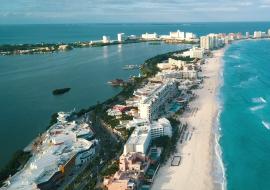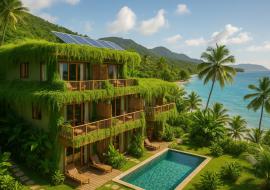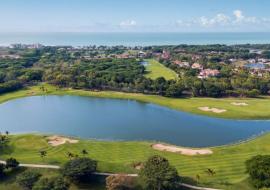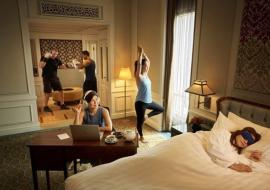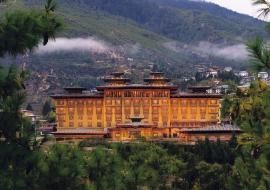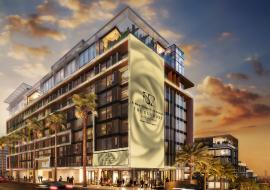Hotel Alfonso XIII Returned to Former Glory by HBA London
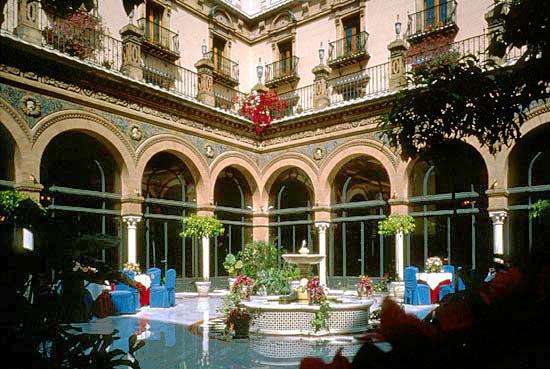
Underscoring its pre-eminence among the great hotels of Europe, cherished Sevillian icon Hotel Alfonso XIII has been restored and reinvented by The Gallery, the studio within HBA’s London team that is dedicated to the interior design of highly specialized bespoke projects.
The designers have woven together a full-bloodied narrative, drawing on the vivid history and culture of Andalucia, of which Seville is the capital, as well as the inheritance and soul of the grand dame herself.
Conceived by King Alfonso XIII, the hotel originally opened in 1929 during the Art Deco era and became one of the essential stopovers for travellers during the “Golden Age of Travel”. Here lay the heart of Andalucia with its 500 years of Moorish occupation, the cradle of bull fighting and the flamenco dance and home to Don Juan, the legendary lover – a heady mix that prizes tough masculinity and dark, mysterious female charms.
The Gallery has crafted a seductive story from these themes and, by carefully conserving and enhancing the old and combining this with beautiful new features, has taken the Luxury Collection hotel forward into the next era of glamour.
First impressions count, and the Hotel Alfonso XIII lives up to every expectation. The open double-height reception space is adorned with gleaming and intricately patterned marble floors; dramatic marble stairs; bas-relief decorated crown moldings; a rich coffered ceiling from which hangs gorgeous period chandeliers; and lavish frescos above soaring arched passageways – all of which combine to create a rare degree of opulence.
These original surfaces were to remain untouched; even adding an electrical socket to accommodate a new lighting arrangement was impermissible. In this case, The Gallery took exact measures of the location of each socket in the lobby to understand the constraints and options for relocating furniture.
The reception desk has now been dressed in crimson leather panels embossed with the hotel’s logo. Large, original azulejos – the ornate ceramic tiles native to Seville – are hand-painted with a vivid azure and mustard palette which inspired the lobby’s new and reupholstered furnishings. Enticing views of an al fresco dining courtyard are encircled by exquisite mosaic-clad colonnades.
The design team made the most of the radiant sunlight which floods into the arcades, re-planning the space so that one half is the lobby lounge and the other hosts the all-day dining area – now relocated from a back room into the luminous gallery. Flexible furnishing layouts enable a variety of social events, while natural and tobacco-cultured rattan textures and button-tufted chairs, mixed with existing antiques, invite guests to relax in a setting resplendent with old-world panache.
The hotel features a collection of guestrooms, designed in three styles, which between them harness the major influences on the make-up of Seville: Moorish, Andalucian and Castilian. The Moorish rooms are a treasure trove of intricately detailed restored moldings, dramatically fashioned furnishings and voluptuously shaped features. Flamenco dancing inspires the Andalucian bedrooms; the sculptural “swish” shapes carved into their cornices conjures up the flick of a flamenco skirt that reveals a flash of color and ruffles.
This has been interpreted into a feminine décor which balances finely patterned textiles with flamboyantly studded leather headboards. While the Andalucian rooms celebrate beautiful women, the Castilian rooms capture the power of young men - the captivating masculinity of the matador as he powerfully brandishes his exquisitely embroidered cape in the bullfighting arena. A deep ochre palette is enlivened by flaunts of vibrant colors and enriched by dark timber furnishings such as the elaborately carved headboards. In the artwork, a singular flourish boldly painted on a canvas conveys a potent sense of drama.







